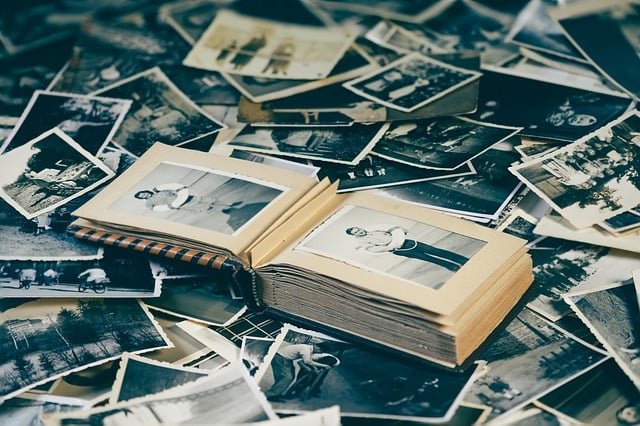Microhistories: Unveiling Hidden Narratives in Everyday Objects
From forgotten heirlooms to mundane household items, the emerging field of microhistory is revolutionizing our understanding of the past. This innovative approach to historical research focuses on seemingly insignificant objects, revealing intricate webs of human connections and societal shifts. By examining the stories behind everyday items, microhistorians are uncovering rich tapestries of social, cultural, and economic history that traditional approaches often overlook. Read below to explore how this fascinating discipline is reshaping our perspective on the past and present.

Objects as Windows to the Past
At the heart of microhistory lies the belief that every object has a story to tell. A chipped teacup, a worn-out pair of shoes, or a faded photograph can serve as a portal to bygone eras. These items, often overlooked by traditional historians, provide tangible links to the past and offer unique insights into the lives of those who came before us. By meticulously studying the provenance, materials, and usage of these objects, microhistorians can reconstruct entire social networks and economic systems.
Uncovering Hidden Narratives
One of the most significant contributions of microhistory is its ability to give voice to marginalized groups often excluded from mainstream historical accounts. By focusing on everyday objects and personal experiences, microhistorians have brought to light the stories of women, minorities, and working-class individuals whose lives were previously deemed insignificant. This approach has led to a more inclusive and diverse understanding of history, challenging long-held assumptions and enriching our collective knowledge.
The Intersection of Material Culture and Social History
Microhistory blurs the lines between archaeology, anthropology, and history, creating a rich interdisciplinary field. By examining material culture through a historical lens, researchers can trace the evolution of social norms, technological advancements, and economic systems. For example, changes in clothing styles over time can reveal shifts in gender roles, while the spread of certain household items might indicate the growth of global trade networks. This holistic approach provides a more comprehensive understanding of how societies functioned and evolved.
Microhistory in the Digital Age
The advent of digital technologies has revolutionized the field of microhistory, opening up new avenues for research and dissemination. Online databases and digital archives have made previously inaccessible documents and artifacts available to researchers worldwide. Social media platforms and crowdsourcing initiatives have also enabled historians to connect with the public, gathering personal stories and family histories that contribute to a more comprehensive historical record. These technological advancements have democratized the study of history, allowing amateur historians and genealogists to contribute valuable insights to the field.
Challenges and Criticisms
Despite its growing popularity, microhistory faces several challenges and criticisms. Some historians argue that focusing on individual objects or localized events can lead to an overly narrow view of history, losing sight of broader patterns and trends. Critics also contend that the emphasis on everyday life and material culture may trivialize more significant historical events and figures. Additionally, the intensive research required for microhistorical studies can be time-consuming and resource-intensive, limiting the number of comprehensive studies that can be conducted.
The Future of Microhistory
As the field of microhistory continues to evolve, researchers are finding innovative ways to address these challenges. Many are working to integrate microhistorical findings into larger historical narratives, creating a more holistic understanding of the past. Others are exploring the potential of big data and artificial intelligence to analyze vast collections of historical objects and documents, identifying patterns and connections that might otherwise go unnoticed. These developments suggest that microhistory will play an increasingly important role in shaping our understanding of both the past and present.
Implications for Contemporary Society
The principles of microhistory extend beyond academic research, offering valuable lessons for contemporary society. By encouraging individuals to examine the stories behind the objects in their own lives, microhistory promotes a deeper appreciation for personal and cultural heritage. This approach can foster greater empathy and understanding between different communities, as people recognize the shared experiences and connections revealed through everyday items. Moreover, the emphasis on material culture can inspire more sustainable consumption practices, as individuals recognize the long-term value and significance of the objects they acquire.
Conclusion: Redefining Our Relationship with the Past
Microhistory represents a profound shift in how we approach and understand history. By focusing on the small, the everyday, and the overlooked, this discipline offers a more inclusive and nuanced view of the past. As we continue to uncover the hidden narratives embedded in the objects around us, we gain a deeper appreciation for the complexity of human experience and the interconnectedness of our shared history. In a world that often feels fragmented and disconnected, microhistory reminds us of the enduring power of material culture to bridge gaps of time, place, and understanding.





